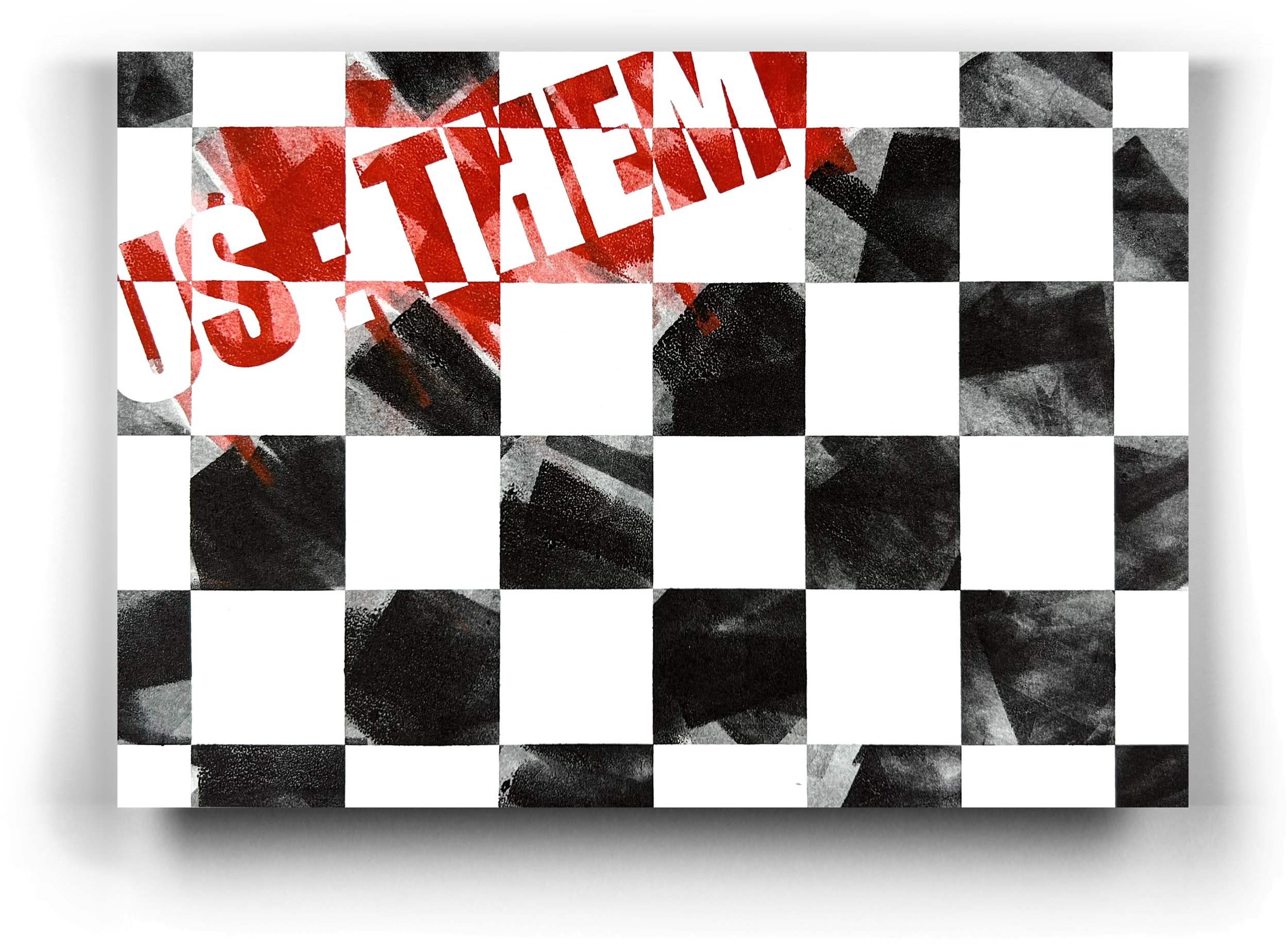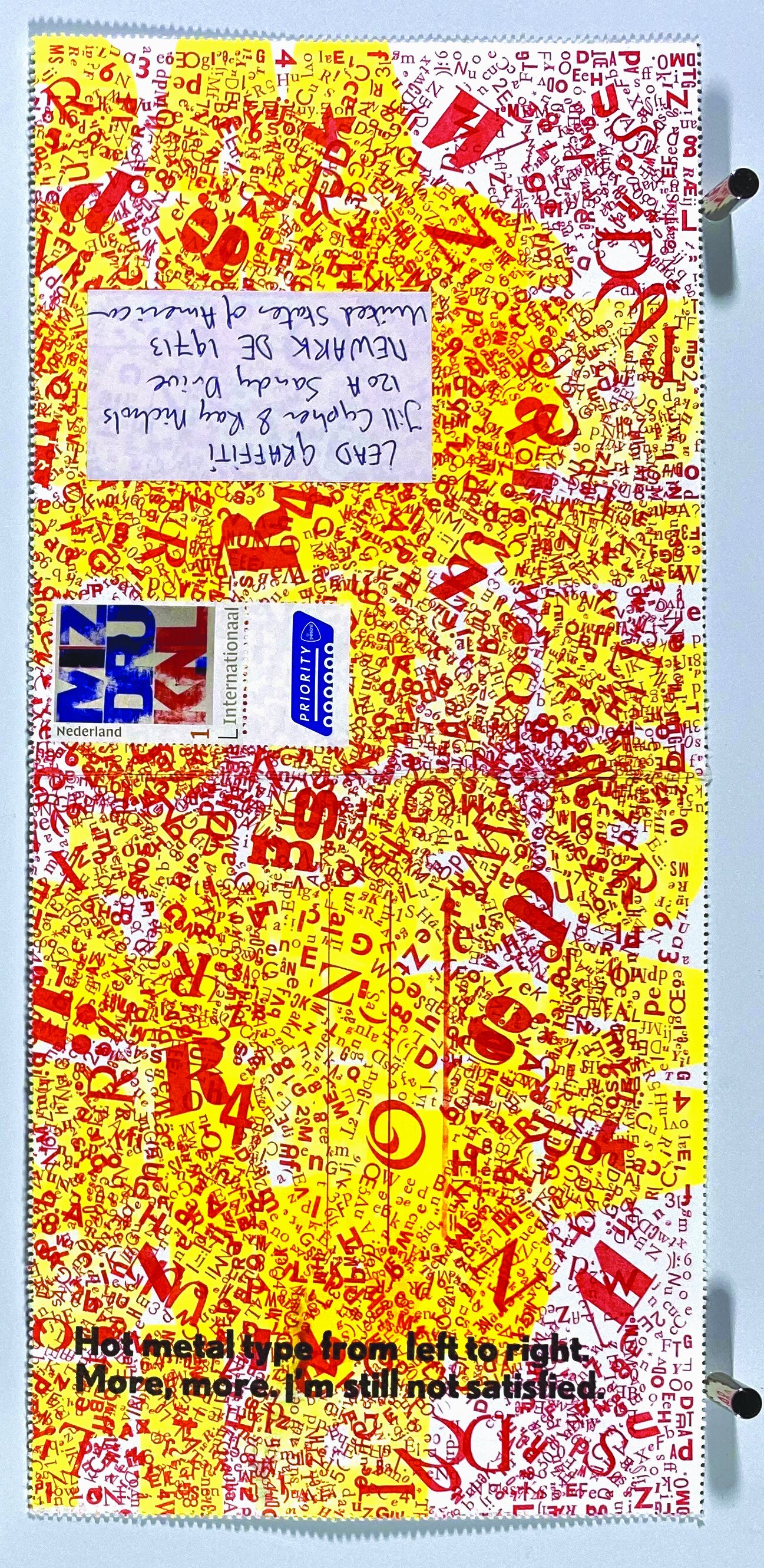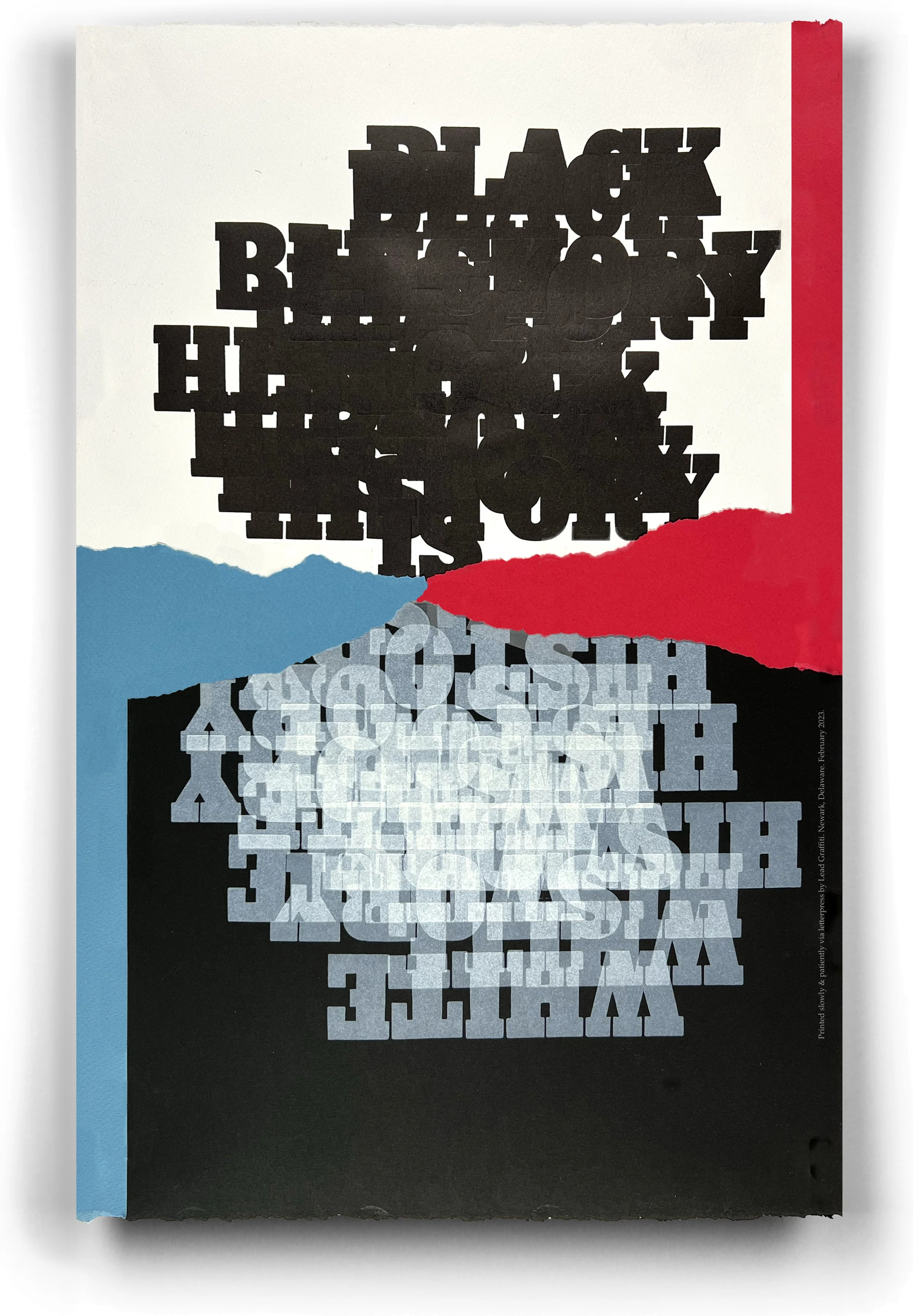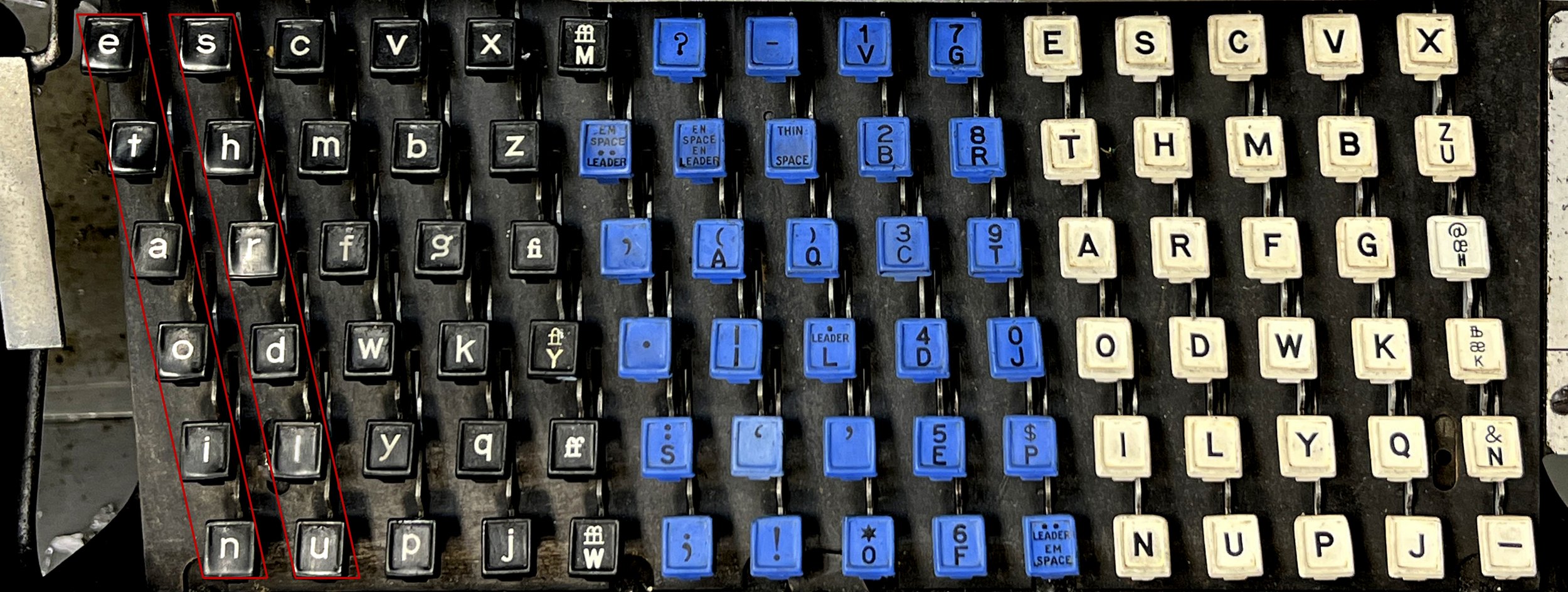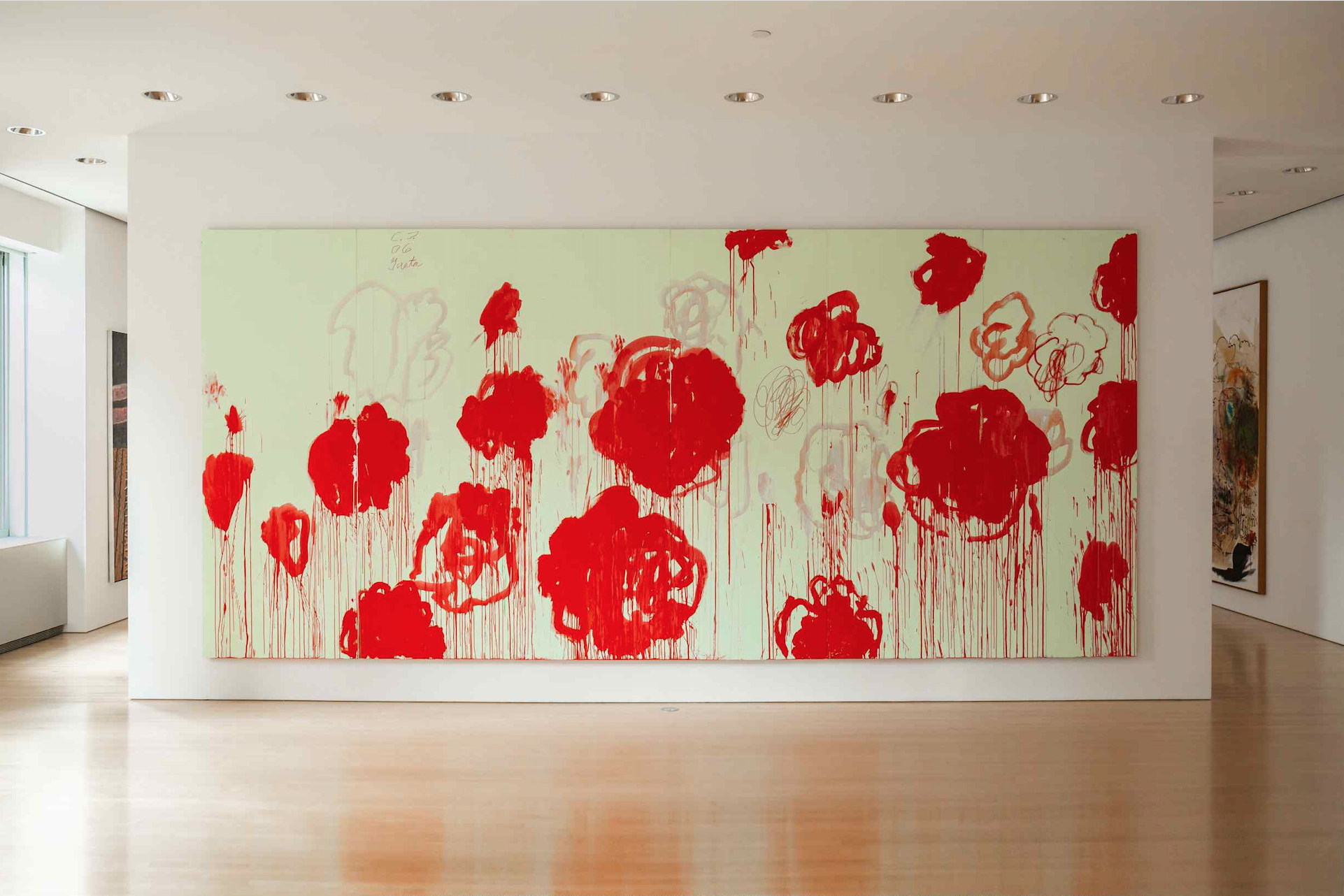During the Fall semester of 2021, Lead Graffiti participates in a lecture series for the Delaware College of Art & Design’s First-Year Experience class entitled Art in the Community. Seventy+ students divided into 7 groups come to the Lead Graffiti studio every other Wednesday. For their trouble, they get a short talk about our letterpress and creative careers, a bit of a letterpress equipment tour, advice for young college students about “What would a good student do right here, right now,” and Q & A for about 75 minutes. Students are often pretty quiet, and we often need to coax questions that sometimes feel like a dentist pulling a molar. Each meeting, we would keep track of the student questions and let the askers of our favorite 4 choose a broadside prize from a group of our Tour de Lead Graffiti posters we have posted.
I seem to do my best lecturing when I’m angry, and each week the coaxing has become more and more of an irritation. During week 6, I was getting wound up talking about “WWAGSD.RH.RN” (What would a good student do. Right here. Right now.” and thinking about how the students were probably looking at me, long white beard and ponytail, and thinking, what could this old guy possibly say that mattered? This triggered a reminder of the Cy Twombley auction and a teaching moment I once had with one of my students back in my university teaching days.
While I was head of and teaching in the Visual Communications program at the University of Delaware, we would take at least 2 New York field trips each semester. We would visit advertising agencies, design studios, film editors, illustrators, design-related exhibitions, etc. On one particular trip, we included a visit to the Museum of Modern Art.
At MoMA, I was standing in front of a reasonably massive Cy Twombley painting you might describe as a “scribble.” I had long loved Twombley’s work which always seemed to violate a lot of art-making “rules.” My creative work typically includes one or more violations of generally accepted rules of what makes good design or sound art or good letterpress.
One of our new sophomores walked up beside me and asked, “Is this art?” I answered, “Yes.” She asked, “How did you know?” I said, “Because it is here.”
I then said she should have asked, “Is it good art or bad art?”
She said, “Is it good art or bad art?” My response was, “It is good art.” She asked, “How do you know/,” I said, “Because it is here.”
To be clear, my motive in telling this story is to declare that there is no logical reason why a sophomore college student should have any reason to believe that their opinion has any value in disregarding the judgment of an institution such as the Museum of Modern Art.
Students, or it may generally be the “young,” often believe that they know all they need to know and their opinions of what they know are “right.” “Period.” I probably thought that when I was taking my undergraduate classes. I would easily have been as wrong then as these students were wrong now, It is worth throwing in here that while an old guy like me has had a lot of experiences that a student today hasn’t had, there are a lot of experiences they’ve had that I’ve not had either. My age doesn’t automatically make me the expert in their world of experiences.
I got so fired up telling the story I almost broke into tears a couple of times.
I tried to explain to the students that their opinions didn’t matter. What did matter is that they started getting experiences through reading & looking, talking & listening to build a foundation on which the value of their opinions in the future should and would matter.
I have no recollection of who the student was that day at MoMA. Maybe she’ll read this and get in touch. That would be cool. I love telling this story, and I would love to know who was the reason I even have this story.
Another thought is that it would be interesting to take this story and make it the center of one of my “afternoon’s diversion” broadsides. We’ll see how that goes.




